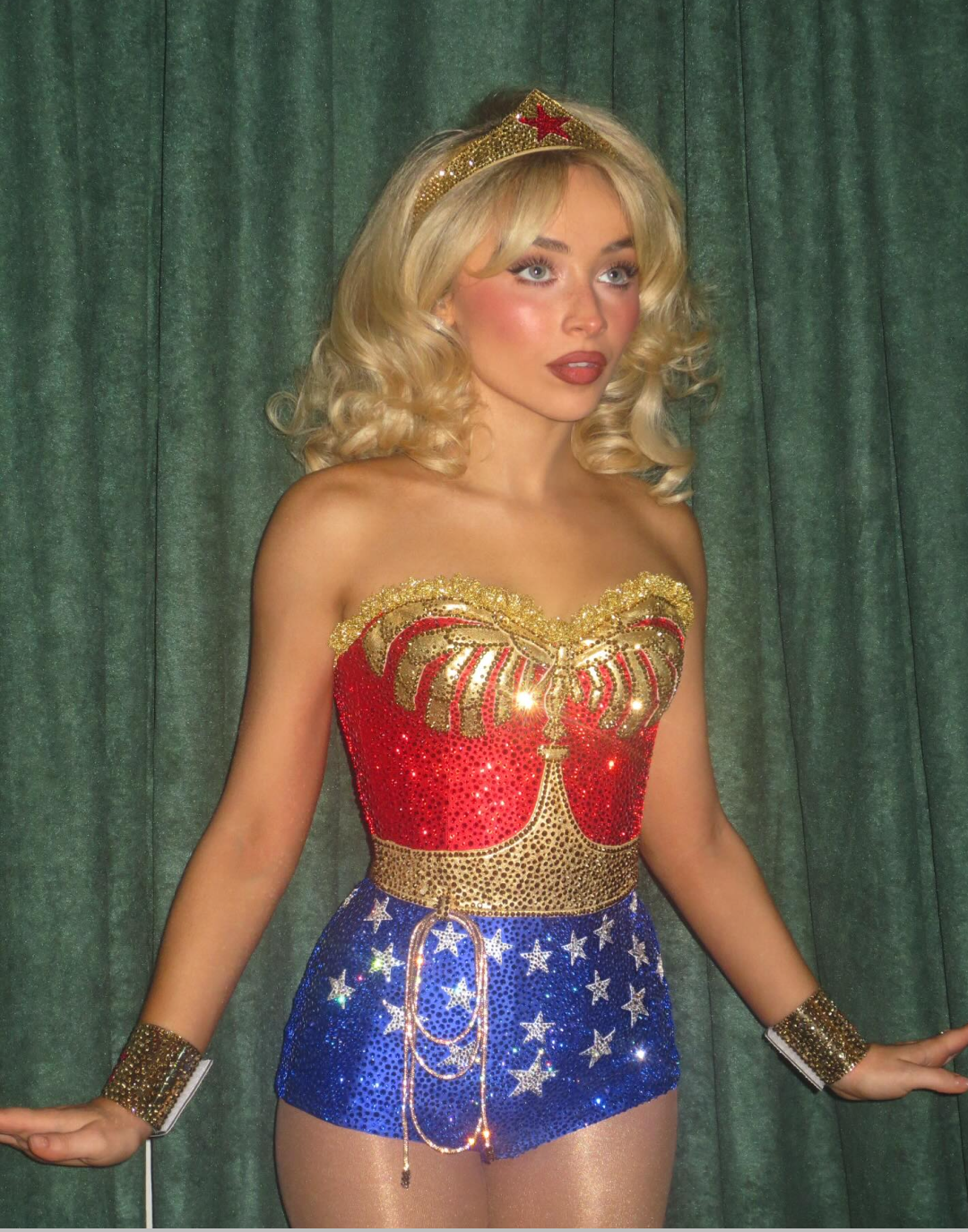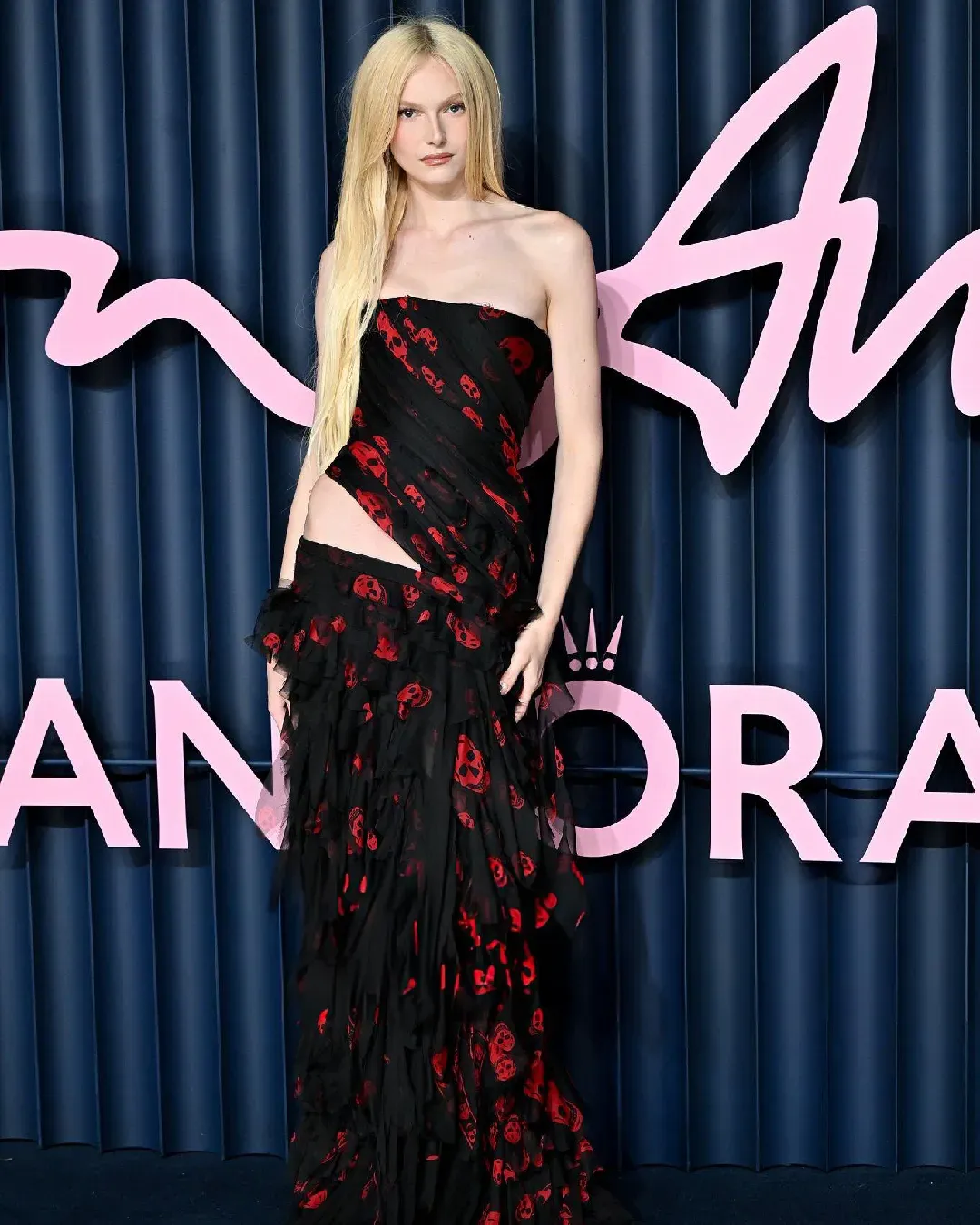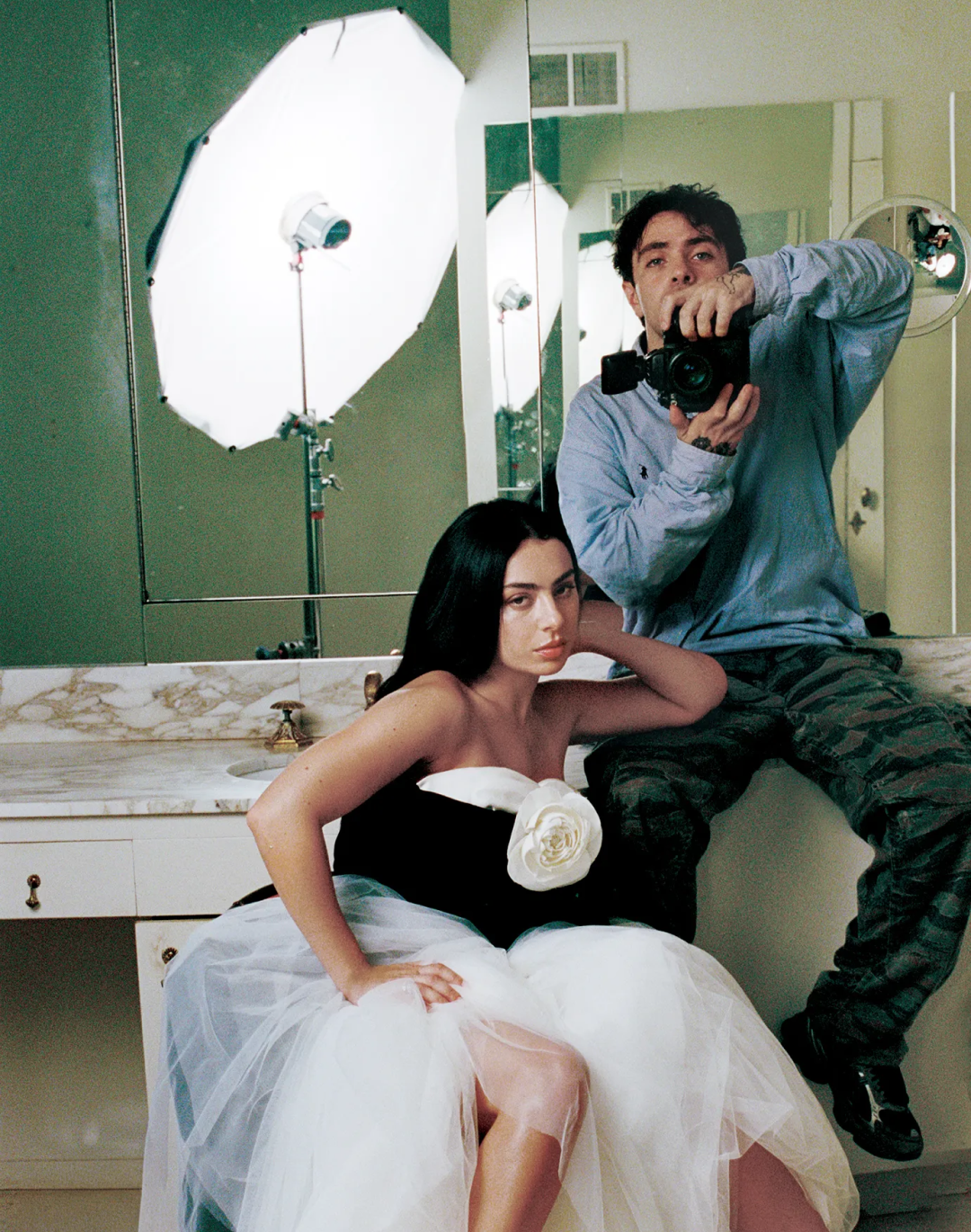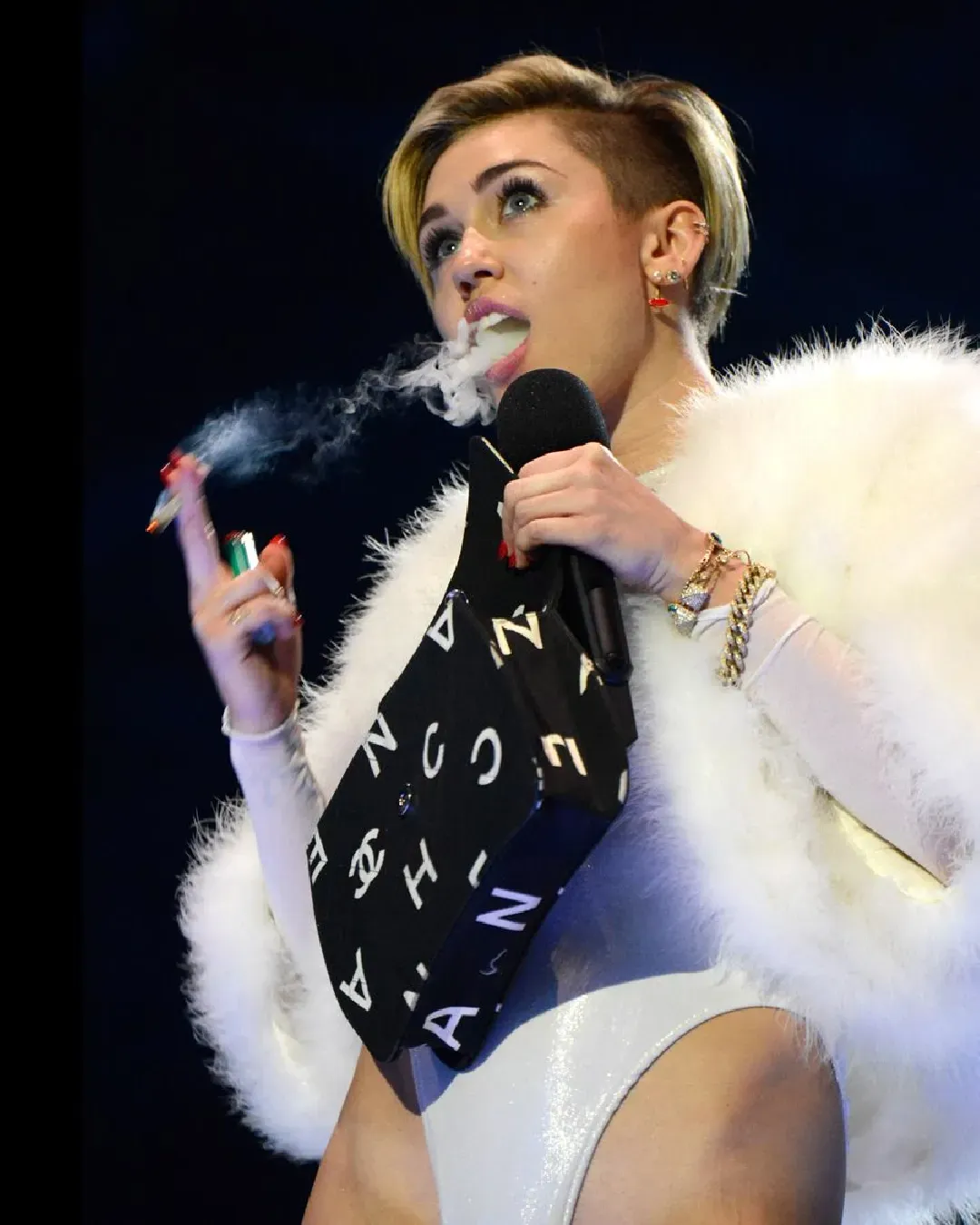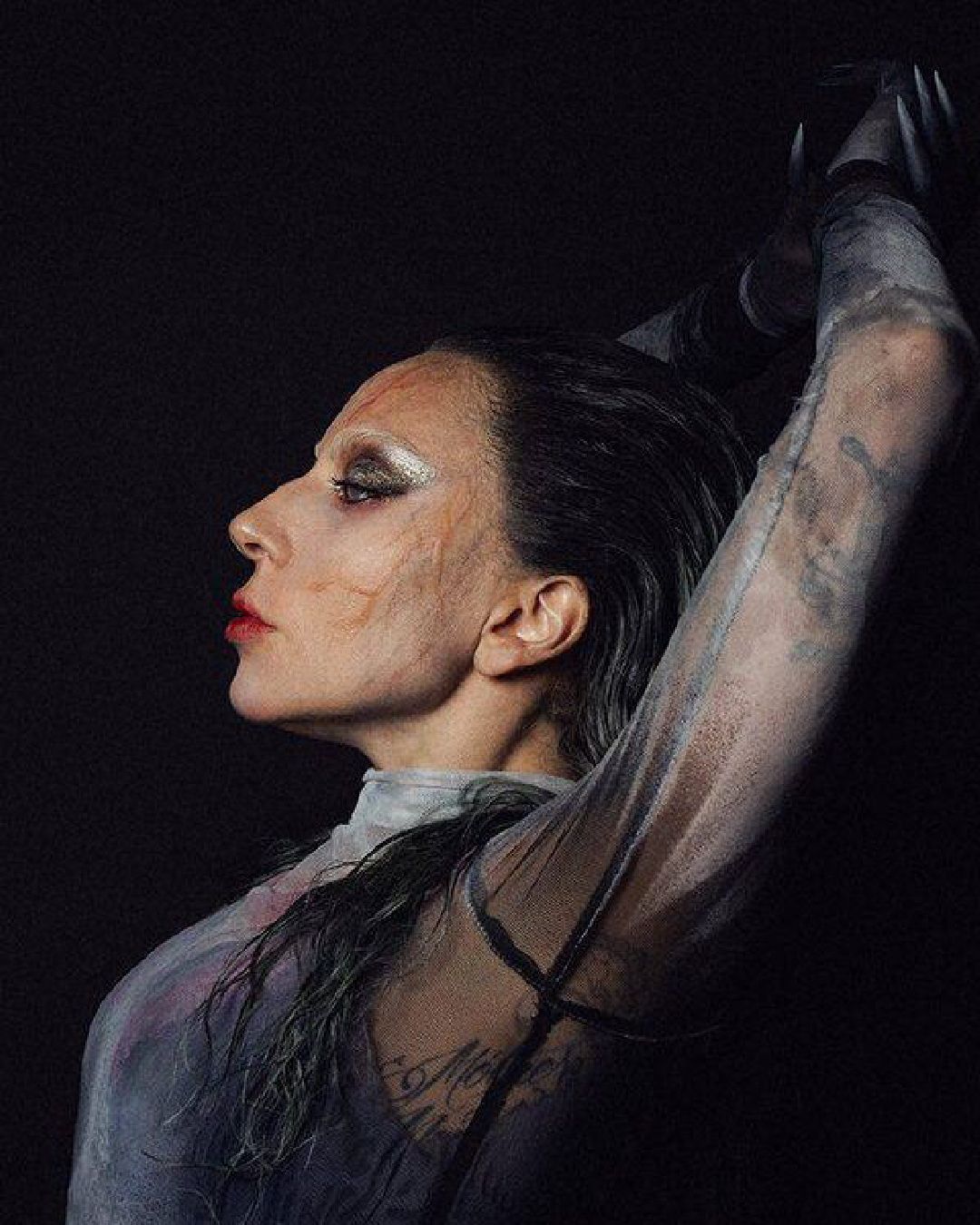
How to make a real comeback according to Lady Gaga With Disease, the queen of pop goes back to her roots
If there’s one thing pop music has taught us this year, it’s that nostalgia is a dish best served cold—but not by everyone. Last night, the music video for Disease, the new single by Lady Gaga, was released, where the pop star returns to her dark roots, leaving behind the Hollywood glamour, jazz, and sophistication she embraced in recent years. From the first listen, fans and critics alike have hailed Gaga’s new project as one of the most sensational comebacks ever. Some joke and thank the star’s husband, who reportedly takes credit for her return to this genre, while others write in the Guardian that, while it doesn’t reach the iconic level of Bad Romance, Disease manages to « to evoke memories of late 00s Gaga and still fit with the messy, post-Brat pop climate.» The track is indeed, for lack of better terms, a hit: accompanied by a video where Gaga once again embodies the monster-dominatrix of years past, it delivers a perfect blend of nostalgia and contemporary style. The imagery of The Fame Monster is infused with the new rules of pop established by young stars like Charli XCX, Sabrina Carpenter, and Chappel Roan (who has cited Gaga as one of her greatest inspirations). In a synthpop production marking a new era for the singer, Disease offers dark and raw visuals in full old-Gaga style. Facing the star’s newfound success—after Joker - Folie à Deux, she was at risk of another flop—it’s worth wondering why other comebacks haven’t managed the same feat. Katy Perry, at this moment, might be kicking herself.
Nostalgia seems to have become the secret key to success, but to be truly foolproof, it must be wielded with care. An example of what not to do comes straight from Katy Perry, the star of I Kissed a Girl, who enchanted Millennials and Gen Z for years only to end up in obscurity. This summer, the star tried her luck with a new album titled 143. The project carefully replicates all the artistic and sonic elements that propelled Katy Perry to success in the early 2010s: catchy choruses, tracks centered on a playful yet determined sensuality, and videos filled with sex appeal. As in California Gurls, in Woman’s World the viewer is met with Perry’s cleavage squeezed into a colorful bra; as in Roar, themes of female independence, dominance over the opposite sex, and sisterhood are present. Everything that made Katy Perry a chart-topper a decade ago is there, but that’s exactly the issue: the “girlbossing” that propelled songs like California Gurls and Roar to success has lost cultural traction, replaced by themes more aligned with the times (and less disparaging towards women). Judging by this summer’s hits, with Sabrina Carpenter’s Espresso dominating international charts, it seems Katy Perry’s audience now prefers coffee metaphors over clichés like «It's a woman's world and you're lucky to be living in it.»
@thelastvyking At least Pixel loves it... #katyperry #womansworld @Katy Perry Womans World by Katy Perry - Katy Perry
Jokes aside, recent data shows that today’s pop consumers don’t just want light music but complete projects that include a strong artistic direction and storytelling as engaging as the sound itself. While Katy Perry’s Woman’s World music video and song received harsh criticism for its outdated vision of female empowerment, Lady Gaga’s Disease has been particularly praised for its conceptual depth. Just an hour after the release, a Lady Gaga fan published an online essay comparing the new song’s lyrics to verses by Sylvia Plath, Baudelaire, and John Donne—confirming not only how Gaga’s pop remains a timeless classic but also how her fanbase has stayed cohesive over the years, across wildly different projects.
Woman’s world by Katy Perry was produced by 4 men. One of them being Dr Luke. An incredibly poor attempt at a feminist anthem. In fact. I don’t think it’s even in the same universe.
— Låpsley (@lapsleyyyy) July 12, 2024
In recent years, pop music has undergone major shifts, beginning during the COVID-19 pandemic when the intimacy of bedroom pop took over global charts, continuing with the rise of concept albums and the increasing inclusion of gossip within songs. If the red fury of Rosalia in Motomami, Charli XCX’s apple green, and Taylor Swift’s Easter eggs have taught us anything, it’s that female pop isn’t made up of empty words like «sexy, confident, so intelligent», that female artists have something to say. Long before the rise of Brat creator, Sabrina Carpenter, and Chappel Roan, it was Lady Gaga who proved this with iconic works like Alejandro, Poker Face, and Born this Way. With artful productions and vast imagery that captivates even those indifferent to the usual allure, contemporary female pop strikes a chord not only because it’s nostalgic but because of its genuine quality. It’s no coincidence that Disease was produced by Andrew Watt and Cirkut, while Woman’s World involved the controversial Dr. Luke, accused by Kesha of sexual and psychological abuse in 2014. Nostalgia may boost sales, but some things are better left in their era: in this sense, Lady Gaga’s pop is evergreen.










































